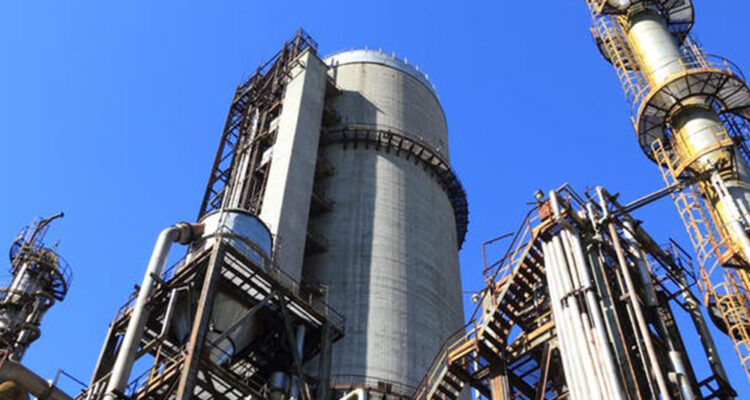
Tank storage facilities play a crucial role in various industries, including petroleum, chemicals, and food production. Proper safety measures are paramount to prevent accidents, ensure environmental protection, and safeguard human health. This blog post will explore the essential safety measures every tank storage facility should implement to maintain a secure and efficient operation.
1. Regular Maintenance and Inspection
Scheduled Inspections:
Routine inspections are vital for identifying potential issues before they escalate into major problems. Inspect tanks, pipelines, valves, and other components regularly for signs of wear and tear, corrosion, or leaks. Use advanced technologies like ultrasonic testing and magnetic flux leakage (MFL) to detect issues that are not visible to the naked eye.
Maintenance Protocols:
Establish and adhere to a stringent maintenance schedule. Replace worn-out parts promptly and ensure all repairs meet industry standards. Regular maintenance not only enhances safety but also prolongs the lifespan of your storage tanks.
2. Effective Leak Detection Systems
Continuous Monitoring:
Implement continuous monitoring systems to detect leaks as soon as they occur. Utilize sensors and automated monitoring systems that provide real-time data and alerts for immediate action. Modern leak detection technologies, such as fibre optic sensing, offer high accuracy and reliability.
Emergency Response Plan:
Develop and regularly update an emergency response plan. Train all employees on the procedures to follow in case of a leak or spill. Quick and efficient response can mitigate the impact of leaks, protecting both the environment and human health.
3. Proper Ventilation
Adequate Ventilation Systems:
Ensure your tank storage facility is equipped with proper ventilation systems to prevent the buildup of hazardous gases. Install ventilation fans and exhaust systems to maintain air quality and reduce the risk of explosions or health hazards.
Monitoring Air Quality:
Regularly monitor air quality within the facility. Use gas detectors to measure levels of toxic and flammable gases, ensuring they remain within safe limits. Immediate corrective actions should be taken if hazardous gas levels are detected.
4. Fire Prevention and Control
Fire Suppression Systems:
Install state-of-the-art fire suppression systems, such as foam or dry chemical extinguishers, to quickly control and extinguish fires. Ensure that fire suppression systems are easily accessible and well-maintained.
Regular Fire Drills:
Conduct regular fire drills to ensure all employees are familiar with evacuation routes and emergency procedures. Training sessions should include the proper use of fire extinguishers and other firefighting equipment.
5. Employee Training and Safety Protocols
Comprehensive Training Programs:
Implement comprehensive training programs for all employees. Training should cover proper handling and storage of hazardous materials, emergency response procedures, and the use of personal protective equipment (PPE).
Safety Protocols:
Develop and enforce strict safety protocols. Ensure that all employees follow standard operating procedures (SOPs) and wear appropriate PPE. Regularly review and update safety protocols to reflect the latest industry standards and regulations.
6. Environmental Protection Measures
Secondary Containment Systems:
Install secondary containment systems, such as bund walls or spill containment pallets, to capture spills and prevent environmental contamination. These systems provide an additional layer of protection against leaks and spills.
Regular Environmental Audits:
Conduct regular environmental audits to assess the effectiveness of your safety measures. Identify potential environmental risks and implement corrective actions promptly.
7. Compliance with Regulations
Adherence to Industry Standards:
Ensure your facility complies with all relevant industry standards and regulations. Stay updated on the latest safety guidelines from organizations such as the Occupational Safety and Health Administration (OSHA) and the Environmental Protection Agency (EPA).
Regular Audits and Inspections:
Subject your facility to regular third-party audits and inspections. External audits provide an unbiased assessment of your safety measures and help identify areas for improvement.
Conclusion
Safety in tank storage facilities is a critical aspect that cannot be overlooked. By implementing these essential safety measures, you can protect your employees, the environment, and your assets. Regular maintenance, effective leak detection, proper ventilation, fire prevention, employee training, environmental protection, and regulatory compliance are the cornerstones of a secure tank storage facility. Prioritizing safety not only ensures smooth operations but also fosters a culture of responsibility and care within your organization.
By following these guidelines, tank storage facilities can minimize risks and enhance their safety standards, ensuring a safer and more efficient environment for all stakeholders involved.